🍃🍂🍁🌄🐈
🍃🍂🍁🌄🐈

More Posts from Monstrous-mind and Others
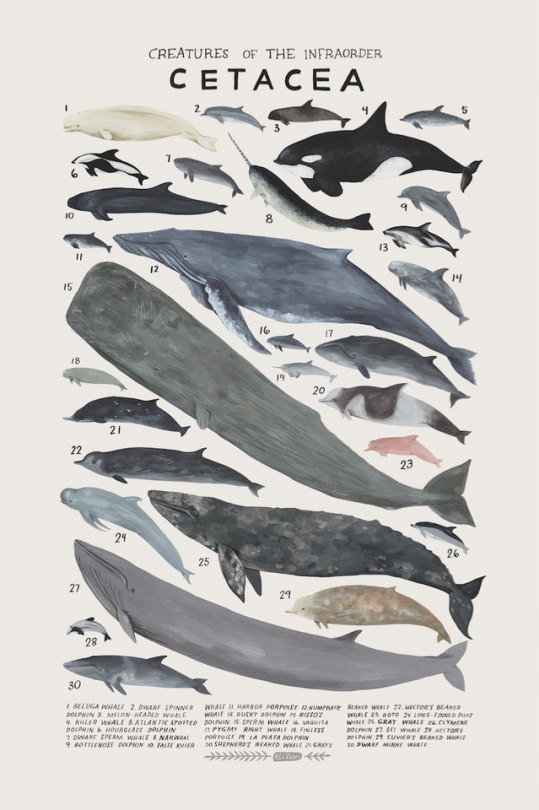

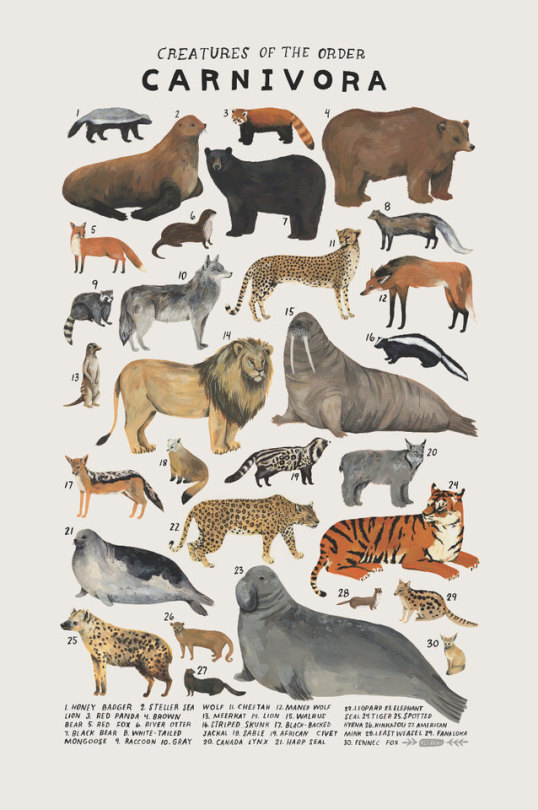

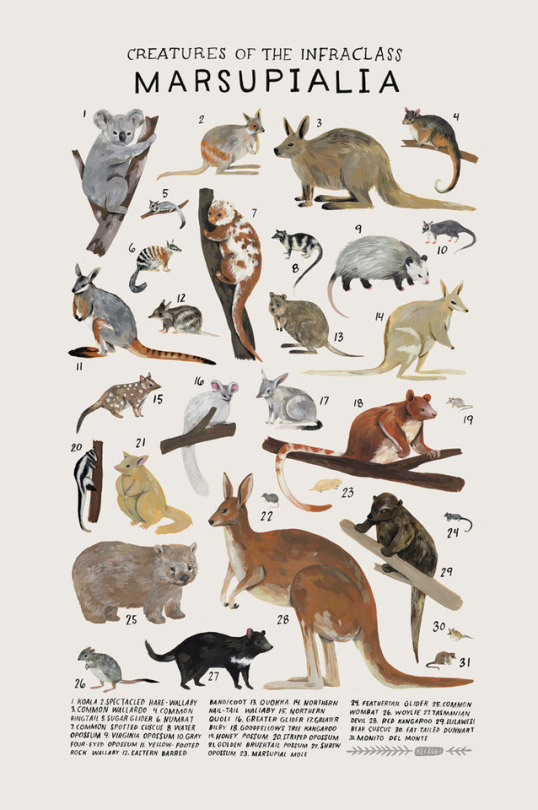





Science Posters by Kelsey Oseid on Etsy
🍁🍂🌄
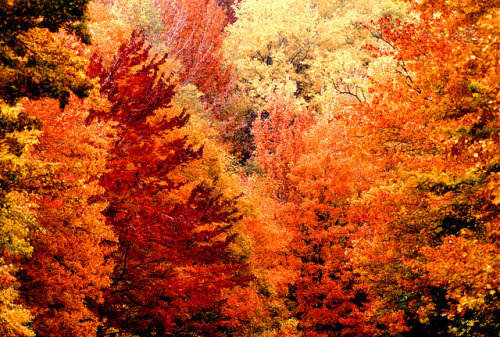

🎃🍂🍁🎃🍁🍂🎃🐈🐾

Be Glad You Don’t Have to Dust in Space!
Throw open the windows and break out the feather duster, because spring is here and it’s time to do a little cleaning! Fortunately, no one has to tidy up the dust in space — because there’s a lot of it — around 100 tons rain down on Earth alone every day! And there’s even more swirling around the solar system, our Milky Way galaxy, other galaxies and the spaces in between.

By studying the contents of the dust in your house — which can include skin cells, pet fur, furniture fibers, pollen, concrete particles and more — scientists learn a lot about your environment. In the same way, scientists can learn a lot by looking at space dust. Also called cosmic dust, a fleck of space dust is usually smaller than a grain of sand and is made of rock, ice, minerals or organic compounds. Scientists can study cosmic dust to learn about how it formed and how the universe recycles material.

“We are made of star-stuff,” Carl Sagan famously said. And it’s true! When a star dies, it sheds clouds of gas in strong stellar winds or in an explosion called a supernova. As the gas cools, minerals condense. Recent observations by our SOFIA mission suggest that in the wake of a supernova shockwave, dust may form more rapidly than scientists previously thought. These clouds of gas and dust created by the deaths of stars can sprawl across light-years and form new stars — like the Horsehead Nebula pictured above. Disks of dust and gas form around new stars and produce planets, moons, asteroids and comets. Here on Earth, some of that space dust eventually became included in living organisms — like us! Billions of years from now, our Sun will die too. The gas and dust it sheds will be recycled into new stars and planets and so on and so forth, in perpetuity!

Astronomers originally thought dust was a nuisance that got in the way of seeing the objects it surrounded. Dust scatters and absorbs light from stars and emits heat as infrared light. Once we started using infrared telescopes, we began to understand just how important dust is in the universe and how beautiful it can be. The picture of the Andromeda galaxy above was taken in the infrared by our Spitzer Space Telescope and reveals detailed spirals of dust that we can’t see in an optical image.

We also see plenty of dust right here in our solar system. Saturn’s rings are made of mostly ice particles and some dust, but scientists think that dust from meteorites may be darkening the rings over time. Jupiter also has faint dusty rings, although they’re hard to see — Voyager 1 only discovered them when it saw them backlit by the Sun. Astronomers think the rings formed when meteorite impacts on Jupiter’s moons released dust into orbit. The Juno spacecraft took the above picture in 2016 from inside the rings, looking out at the bright star Betelgeuse.

Copyright Josh Calcino, used with permission
And some space dust you can see from right here on Earth! In spring or autumn, right before sunrise or after sunset, you may be able to catch a glimpse of a hazy cone of light above the horizon created when the Sun’s rays are scattered by dust in the inner solar system. You can see an example in the image above, extending from above the tree on the horizon toward a spectacular view of the Milky Way. This phenomenon is called zodiacal light — and the dust that’s reflecting the sunlight probably comes from icy comets. Those comets were created by the same dusty disk that that formed our planets and eventually you and the dust under your couch!
Make sure to follow us on Tumblr for your regular dose of space: http://nasa.tumblr.com
🔭🌌☄️🪐

2024 September 8
M31: The Andromeda Galaxy Image Credit: Subaru (NAOJ), Hubble (NASA/ESA), Mayall (NSF); Processing & Copyright: R. Gendler & R. Croman
Explanation: The most distant object easily visible to the unaided eye is M31, the great Andromeda Galaxy. Even at some two and a half million light-years distant, this immense spiral galaxy – spanning over 200,000 light years – is visible, although as a faint, nebulous cloud in the constellation Andromeda. A bright yellow nucleus, dark winding dust lanes, and expansive spiral arms dotted with blue star clusters and red nebulae, are recorded in this stunning telescopic image which combines data from orbiting Hubble with ground-based images from Subaru and Mayall. In only about 5 billion years, the Andromeda galaxy may be even easier to see – as it will likely span the entire night sky – just before it merges with, or passes right by, our Milky Way Galaxy.
∞ Source: apod.nasa.gov/apod/ap240908.html
🛫🔭🌌
10 Amazing Space Discoveries by the World’s Largest Flying Observatory

On the night of May 26, 2010, the Stratospheric Observatory for Infrared Astronomy, or SOFIA, the world’s largest flying observatory, first peered into the cosmos. Its mission: to study celestial objects and astronomical phenomena with infrared light. Many objects in space emit almost all their energy at infrared wavelengths. Often, they are invisible when observed in ordinary, visible light. Over the last decade, the aircraft’s 106-inch telescope has been used to study black holes, planets, galaxies, star-forming nebulas and more! The observations have led to major breakthroughs in astronomy, revolutionizing our understanding of the solar system and beyond. To celebrate its 10 years of exploration, here’s a look at the top 10 discoveries made by our telescope on a plane:
The Universe’s First Type of Molecule

Scientists believe that around 100,000 years after the big bang, helium and hydrogen combined to make a molecule called helium hydride. Its recent discovery confirms a key part of our basic understanding of the early universe.
A New View of the Milky Way

More than a pretty picture, this panorama of cosmic scale reveals details that can help explain how massive stars are born and what’s feeding our Milky Way galaxy’s supermassive black hole.
When Planets Collide

A double-star system that is more than 300 light-years away likely had an extreme collision between two of its rocky planets. A similar event in our own solar system may have formed our Moon.
How A Black Hole Feasts
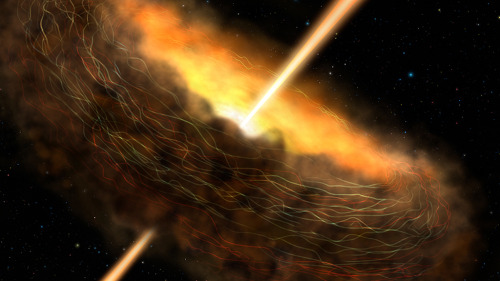
Fear not, the dark, my friend. And let the feast begin! Magnetic fields in the Cygnus A galaxy are trapping material where it is close enough to be devoured by a hungry black hole.
Somewhere Like Home

The planetary system around Epsilon Eridani, a star located about 10 light-years away, has an architecture remarkably similar to our solar system. What’s more, its central star is a younger, fainter version of our Sun.
A Quiet Place

Black holes in many galaxies are actively consuming material, but our Milky Way galaxy’s central black hole is relatively quiet. Observations show magnetic fields may be directing material around, not into, the belly of the beast.
The Great Escape

Ever wonder how material leaves a galaxy? The wind flowing from the center of the Cigar Galaxy is so strong it’s pulling a magnetic field — and the mass of 50 to 60 million Suns — with it.
Exploding Star, New Worlds

What happens when a star goes boom? It turns out that supernova explosions can produce a substantial amount of material from which planets like Earth can form.
Stellar Sibling Rivalry

They say siblings need time and space to grow, but here’s one that really needs some room. A newborn star in the Orion Nebula is clearing a bubble of space around it, preventing any new luminous family members from forming nearby.
Clues to Life’s Building Blocks

Radiation from stars is making organic molecules in nebula NGC 7023, also known as the Iris Nebula, larger and more complex. The growth of these molecules is one of the steps that could lead to the emergence of life under the right circumstances.
SOFIA is a modified Boeing 747SP aircraft that allows astronomers to study the solar system and beyond in ways that are not possible with ground-based telescopes. Find out more about the mission at www.nasa.gov/SOFIA.
Make sure to follow us on Tumblr for your regular dose of space: http://nasa.tumblr.com
🔭🌃🌌

Alnitak Region with the Horse Head and Flame Nebulae
by Warren Keller
The diversity of worlds in our solar system (climate and geology)…

The Great Red Spot is a persistent high-pressure region in the atmosphere of Jupiter, producing an anticyclonic storm 22° south of the planet’s equator. It has been continuously observed for 188 years, since 1830. Earlier observations from 1665 to 1713 are believed to be of the same storm; if this is correct, it has existed for at least 350 years. Such storms are not uncommon within the turbulent atmospheres of gas giants.

With over 400 active volcanoes, Io is the most geologically active object in the Solar System. This extreme geologic activity is the result of tidal heating from friction generated within Io’s interior as it is pulled between Jupiter and the other Galilean satellites—Europa, Ganymede and Callisto.

Europa has the smoothest surface of any known solid object in the Solar System. The apparent youth and smoothness of the surface have led to the hypothesis that a water ocean exists beneath it, which could conceivably harbor extraterrestrial life.

Neptune, the eighth and farthest planet from the sun, has the strongest winds in the solar system. At high altitudes speeds can exceed 1,100 mph. That is 1.5 times faster than the speed of sound. In 1989, NASA’s Voyager 2 spacecraft made the first and only close-up observations of Neptune.

Ganymede is the largest and most massive moon of Jupiter and in the Solar System. Possessing a metallic core, it has the lowest moment of inertia factor of any solid body in the Solar System and is the only moon known to have a magnetic field. (Sounds of Ganymede’s magnetosphere).

Saturn’s hexagon is a persisting hexagonal cloud pattern around the north pole of Saturn, located at about 78°N. The sides of the hexagon are about 13,800 km (8,600 mi) long, which is more than the diameter of Earth (about 12,700 km (7,900 mi)).

Miranda’s surface has patchwork regions of broken terrain indicating intense geological activity in Miranda’s past, and is criss-crossed by huge canyons. It also has the largest known cliff in the Solar System, Verona Rupes, which has a height of over 5 km (3.1 mi).
Some of Miranda’s terrain is possibly less than 100 million years old based on crater counts, which suggests that Miranda may still be geologically active today.

Enceladus is the sixth-largest moon of Saturn. It is about 500 kilometers (310 mi) in diameter, about a tenth of that of Saturn’s largest moon, Titan. Evidence of liquid water on Enceladus began to accumulate in 2005, when scientists observed plumes containing water vapor spewing from its south polar surface, with jets moving 250 kg of water vapor every second at up to 2,189 km/h (1,360 mph) into space.

Titan is the largest moon of Saturn. It is the only moon known to have a dense atmosphere, and the only object in space, other than Earth, where clear evidence of stable bodies of surface liquid has been found.

Triton is one of the few moons in the Solar System known to be geologically active (the others being Jupiter’s Io and Europa, and Saturn’s Enceladus and Titan). As a consequence, its surface is relatively young with few obvious impact craters, and a complex geological history revealed in intricate cryovolcanic and tectonic terrains. Part of its surface has geysers erupting sublimated nitrogen gas, contributing to a tenuous nitrogen atmosphere less than 1/70,000 the pressure of Earth’s atmosphere at sea level.
source: wikipedia~
image credit: data and images from NASA

Spotted: signs of a planet about 28 million light-years away 🔎 🪐
For the first time, astronomers may have detected an exoplanet candidate outside of the Milky Way galaxy. Exoplanets are defined as planets outside of our Solar System. All other known exoplanets and exoplanet candidates have been found in the Milky Way, almost all of them less than about 3,000 light-years from Earth.
This new result is based on transits, events in which the passage of a planet in front of a star blocks some of the star's light and produces a characteristic dip. Researchers used our Chandra X-ray Observatory to search for dips in the brightness of X-rays received from X-ray bright binaries in the spiral galaxy Messier 51, also called the Whirlpool Galaxy (pictured here). These luminous systems typically contain a neutron star or black hole pulling in gas from a closely orbiting companion star. They estimate the exoplanet candidate would be roughly the size of Saturn, and orbit the neutron star or black hole at about twice the distance of Saturn from the Sun.
This composite image of the Whirlpool Galaxy was made with X-ray data from Chandra and optical light from our Hubble Space Telescope.
Credit: X-ray: NASA/CXC/SAO/R. DiStefano, et al.; Optical: NASA/ESA/STScI/Grendler
Make sure to follow us on Tumblr for your regular dose of space!
-
 girlysword reblogged this · 3 years ago
girlysword reblogged this · 3 years ago -
 autumnal-good liked this · 3 years ago
autumnal-good liked this · 3 years ago -
 agentrouka-blog liked this · 3 years ago
agentrouka-blog liked this · 3 years ago -
 riahchan reblogged this · 3 years ago
riahchan reblogged this · 3 years ago -
 riahchan liked this · 3 years ago
riahchan liked this · 3 years ago -
 girlysword liked this · 3 years ago
girlysword liked this · 3 years ago -
 myrish-lace-love reblogged this · 3 years ago
myrish-lace-love reblogged this · 3 years ago -
 glassmostlyfull liked this · 4 years ago
glassmostlyfull liked this · 4 years ago -
 crystalelkfeathers reblogged this · 4 years ago
crystalelkfeathers reblogged this · 4 years ago -
 bloomingbabe reblogged this · 4 years ago
bloomingbabe reblogged this · 4 years ago -
 allwillbecomeclear liked this · 4 years ago
allwillbecomeclear liked this · 4 years ago -
 julianaguseva liked this · 4 years ago
julianaguseva liked this · 4 years ago -
 villainihavedonethymother reblogged this · 4 years ago
villainihavedonethymother reblogged this · 4 years ago -
 guidedsailor liked this · 4 years ago
guidedsailor liked this · 4 years ago -
 diosademuerte reblogged this · 4 years ago
diosademuerte reblogged this · 4 years ago -
 monstrous-mind liked this · 4 years ago
monstrous-mind liked this · 4 years ago -
 sunbeamsandmoonrays reblogged this · 4 years ago
sunbeamsandmoonrays reblogged this · 4 years ago -
 simoncryswantsanicon reblogged this · 4 years ago
simoncryswantsanicon reblogged this · 4 years ago -
 simoncrys liked this · 4 years ago
simoncrys liked this · 4 years ago -
 deckerstar-eternally-endgame reblogged this · 4 years ago
deckerstar-eternally-endgame reblogged this · 4 years ago -
 moonbatchx liked this · 4 years ago
moonbatchx liked this · 4 years ago -
 coppercorn-and-cauldron reblogged this · 4 years ago
coppercorn-and-cauldron reblogged this · 4 years ago -
 photographicimagery liked this · 4 years ago
photographicimagery liked this · 4 years ago -
 i-love-books-because-reasons liked this · 4 years ago
i-love-books-because-reasons liked this · 4 years ago -
 xheartlikeminex liked this · 4 years ago
xheartlikeminex liked this · 4 years ago -
 sarabyll liked this · 4 years ago
sarabyll liked this · 4 years ago -
 wishingicouldbethereforya liked this · 4 years ago
wishingicouldbethereforya liked this · 4 years ago -
 sunbeamsandmoonrays liked this · 4 years ago
sunbeamsandmoonrays liked this · 4 years ago -
 vivilove-jonsa reblogged this · 4 years ago
vivilove-jonsa reblogged this · 4 years ago -
 roseofruby liked this · 4 years ago
roseofruby liked this · 4 years ago -
 vampyra1981 liked this · 4 years ago
vampyra1981 liked this · 4 years ago -
 randomnessjilly liked this · 4 years ago
randomnessjilly liked this · 4 years ago -
 samuraijanice liked this · 4 years ago
samuraijanice liked this · 4 years ago -
 thebrunette reblogged this · 4 years ago
thebrunette reblogged this · 4 years ago -
 through-fog-and-rain reblogged this · 4 years ago
through-fog-and-rain reblogged this · 4 years ago -
 kawaiipenguinwasteland reblogged this · 4 years ago
kawaiipenguinwasteland reblogged this · 4 years ago -
 writer-with-caffeine reblogged this · 4 years ago
writer-with-caffeine reblogged this · 4 years ago -
 godsmackfan35 liked this · 4 years ago
godsmackfan35 liked this · 4 years ago -
 thebunnyremix liked this · 4 years ago
thebunnyremix liked this · 4 years ago -
 lovely-bonsai reblogged this · 4 years ago
lovely-bonsai reblogged this · 4 years ago -
 lovely-bonsai liked this · 4 years ago
lovely-bonsai liked this · 4 years ago -
 vivilove-jonsa liked this · 4 years ago
vivilove-jonsa liked this · 4 years ago
My ambition is handicapped by laziness. -C. Bukowski Me gustan las personas desesperadas con mentes rotas y destinos rotos. Están llenos de sorpresas y explosiones. -C. Bukowski. I love cats. Born in the early 80's, raised in the 90's. I like Nature, Autumn, books, landscapes, cold days, cloudy Windy days, space, Science, Paleontology, Biology, Astronomy, History, Social Sciences, Drawing, spending the night watching at the stars, Rick & Morty. I'm a lazy ass.
222 posts